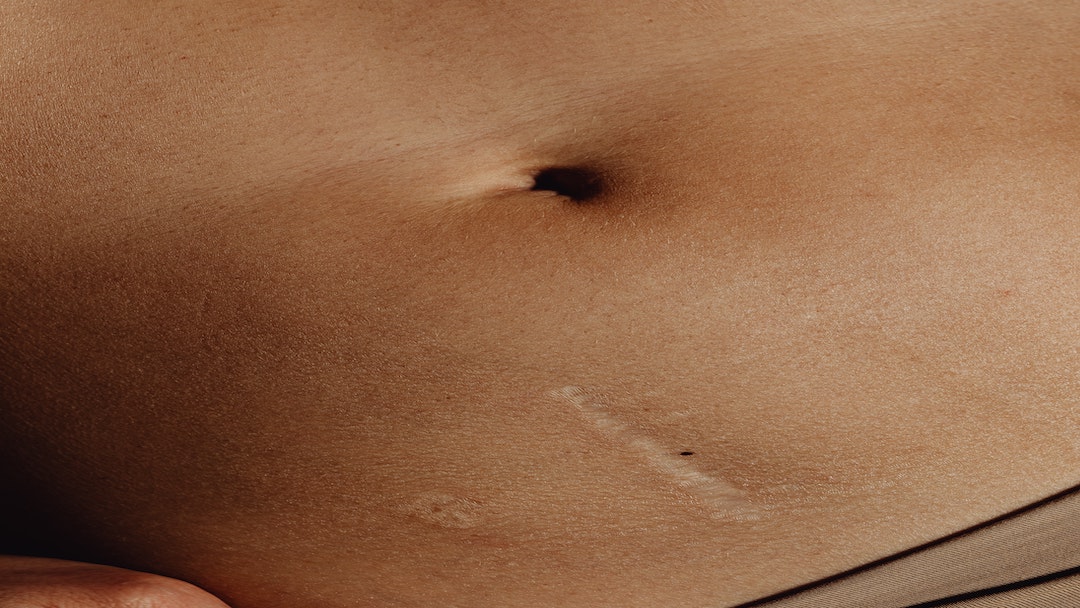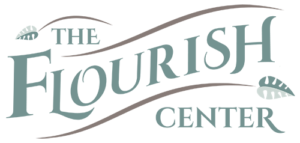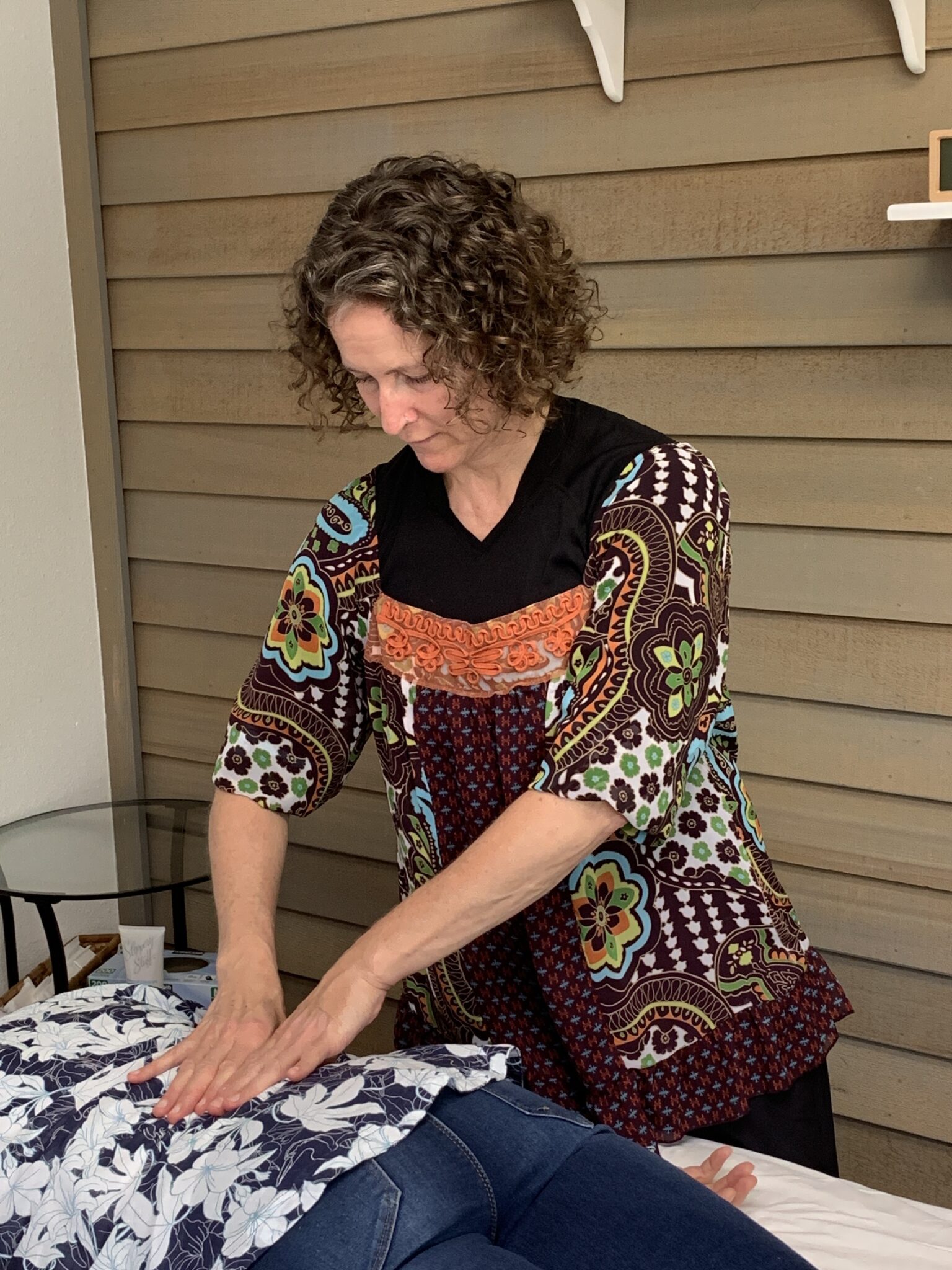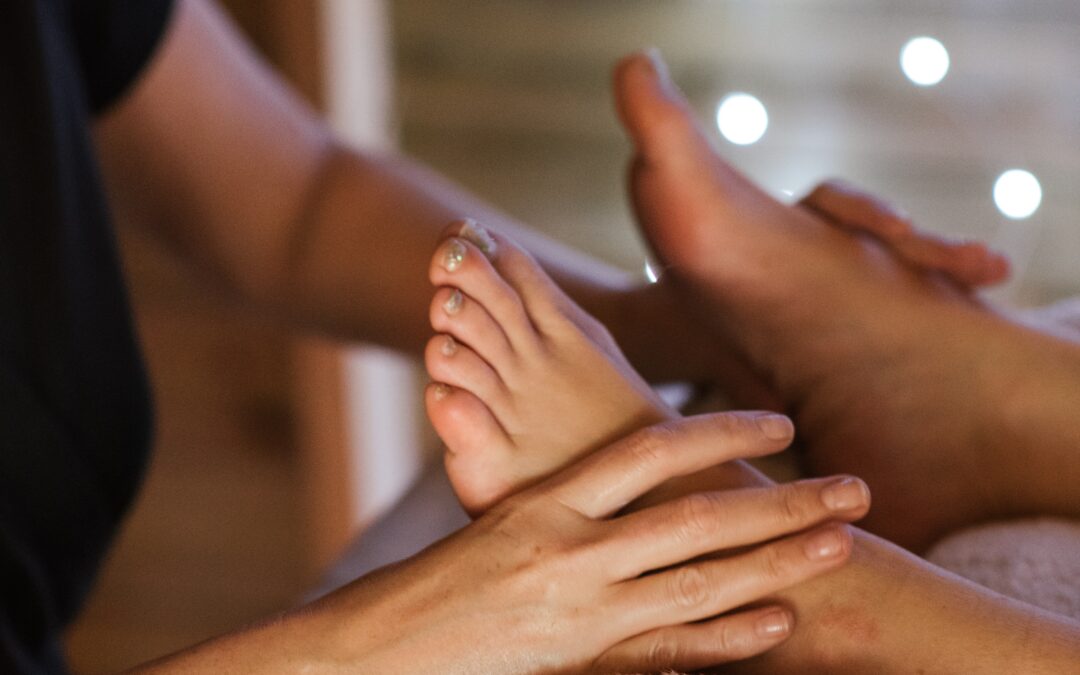
Scar Tissue: Why Treatment is Important
Written by our Massage Therapist, Monica Bradley
What do acne, surgery, stretchmarks, cuts and the COVID 19 vaccine injection all have in common?
They all form scars.
I recently took the McLoughlin Scar Tissue Release course and learned a lot about scar tissue.
When a scar is formed it will go through 4 different stages of wound healing.
These are:
- Hemostasis: the blood clots for 1-3 days
- Inflammatory: the immune system works to remove debris and bacteria for 1-4 days
- Proliferative phase: the wound is rebuilt with new tissue which is formed in random patterns.
- Maturation phase: the wound continues to mature and strengthen
There are 5 types of scars:
- Hypertrophic which are raised scars
- Atrophic scars lack collagen production and have a hollow look as in acne and stretchmark scars.
- Contracture scars have the tissue pulled taught over the scar which is common when you get burned.
- Keloid scars are raised aggressive scars that extend beyond the initial incision.
- Normotrophic scars are the simplest form of scarring. They are elastic and similar to the surrounding tissue. They are not always active or problematic.
After scars are formed, the new tissue is not as elastic and strong. The scar tissue impedes blood flow to the area and also blocks the lymph from passing through the tissue. This blockage causes the scar tissue to grow, affecting the surrounding tissue by reducing elimination and blocking drainage which creates swelling, joint stiffness and can also block nerve pathways. Mobility is lost and more structures and tissue gets involved throughout the body.
The treatment protocol I learned and am now practicing is easy to apply and gentle on the body. It was created by a Bowen instructor and therefore follows some of the same principles such as “less is more” meaning only 15 min of treatment time will be spent on the scar. This is so that the scar tissue which is weakened does not get aggravated and create more swelling. The pressure is light and the idea is to create more collagen growth around the scar to allow more blood and lymph to be able to clean and drain the area resulting in healthier tissue and so that the scar stops growing and becomes more functional. Often, people will experience different sensations around the scar or in other areas of their body. Greater mobility can be enhanced.
I’m excited to share this technique with anyone who has scars and has decreased mobility or pain, stiffness or swelling. We can do a lot to help your body heal after the initial damage has been done.
Schedule a session with me here.
Learn more about Bowenwork here.






Recent Comments